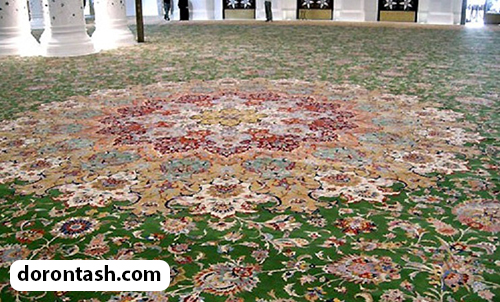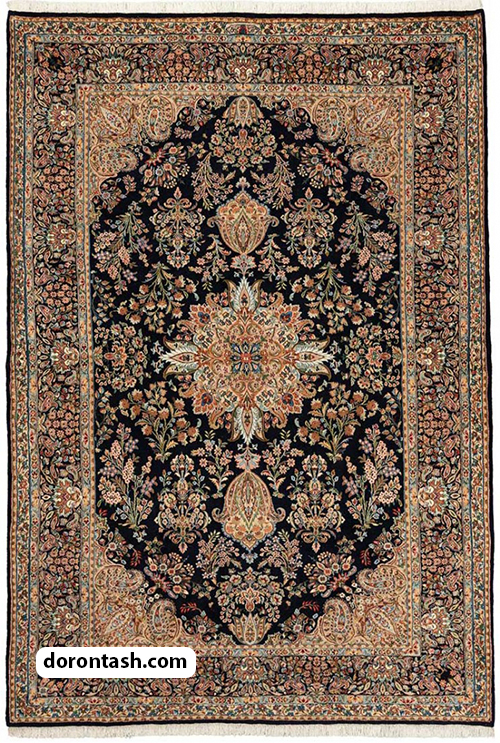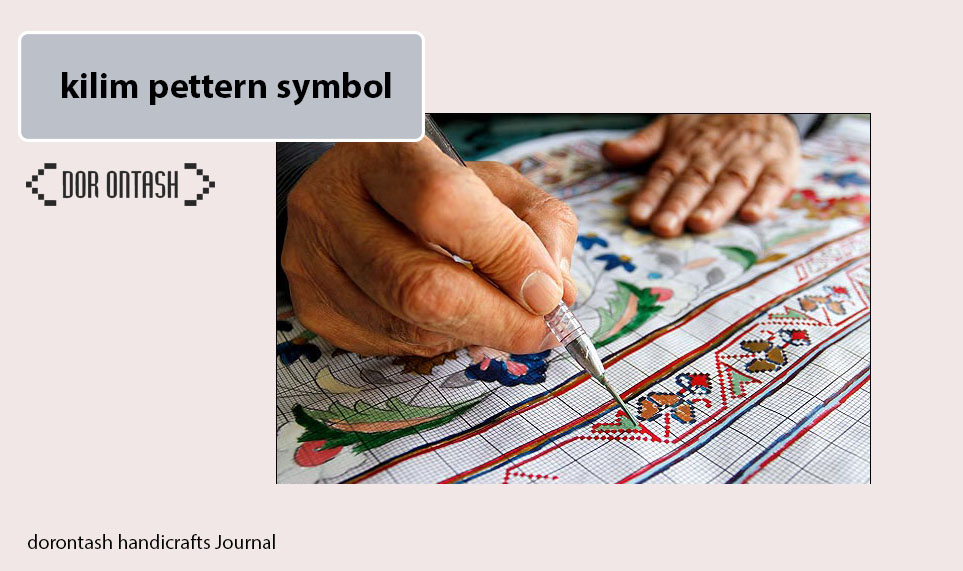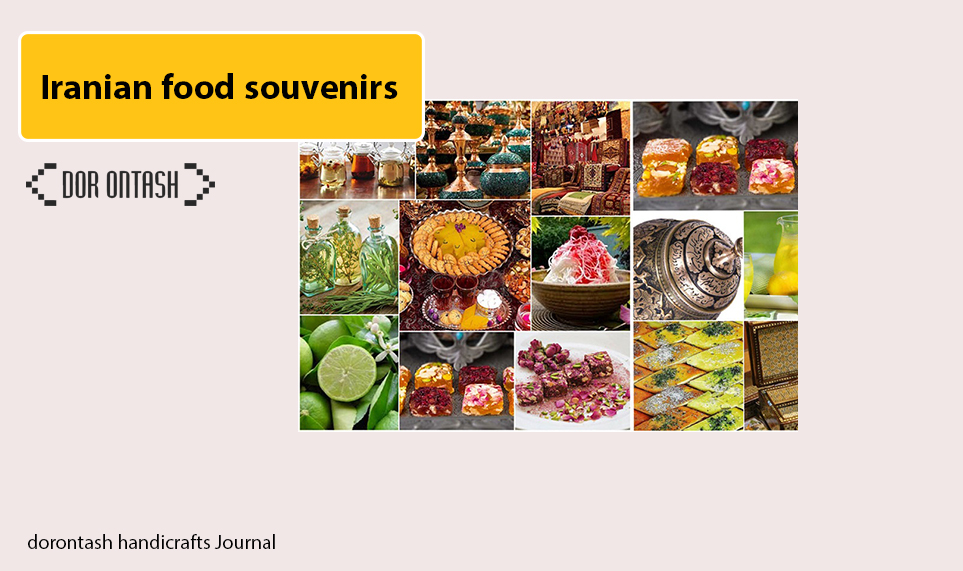The most famous Iranian carpets and the best brand of hand-woven carpet and its recognition is one of the most important questions and issues that we must know before buying a hand-woven carpet. In different cities of Iran, the variety of texture is very high and there are many examples, which sometimes causes confusion in the buyer.
Which city’s hand-woven carpet is better?
Iranian hand-woven carpets have been famous in the world since ancient times. In the legends and stories, wherever there is talk of wealth and beauty or good taste, an Iranian carpet shines in it. But we Iranians, due to the availability of hand-woven carpets, have taken less effort to know this important Iranian product that is the result of our culture and tradition. Not only in the world, but even in Iran, people do not know many Iranian motifs.
Which city’s hand-woven carpet is better is not a question that can be answered in one or two words. The one who is from Tabriz says that Tabriz carpet is the best and the one who is from Isfahan considers Isfahan carpet to be the best. Almost every region of Iran has its own handwoven carpet with its own design and characteristics, Arak Perez carpet is long, woolen and thick, and Qom carpet is all fine and delicate silk. One is the Kerman carpet with a large pattern and long piles, which, as the saying goes, becomes more beautiful the more you walk on it, and the other is the Nayin carpet with a delicate design and short piles, which is only suitable for guest houses.
Therefore, it is not possible to say exactly which city’s hand-woven carpet is better, but it can be said that the carpets of some regions of Iran have more fame and fans.
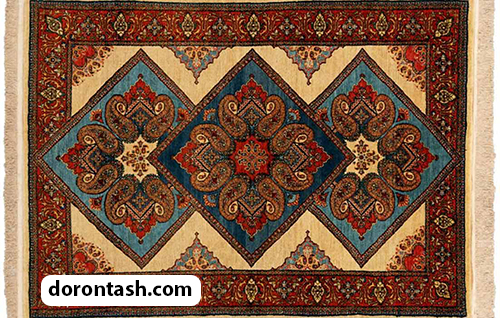 History of carpet weaving art in Iran
History of carpet weaving art in Iran
In fact, it can be said that since the time of cave dwelling, humans have been using different underlays to protect their bodies from cold, heat, insects, animals, etc., each of which is made of different materials such as wool and animal skin, tree leaves, etc. Carpet is also a type of flooring that has been used by humans for thousands of years and has undergone many changes until today. The oldest carpet was discovered in 1949 by Russian archaeologists in a valley called Pazyrik, whose history dates back to 5 centuries BC, but as mentioned, the first carpets were woven in Iran during the Sassanid period, and Iran has always been known as It is known as one of the main cradles of carpet weaving in the world, and carpet weaving is one of the main Iranian arts.
Carpet weaving in different cities of Iran
Iranian hand-woven carpets have been famous not only in Iran but also in the world since ancient times. Handwoven carpets are woven in many cities of Iran, such as Tabriz, Kashan, Mashhad, Qom and Kerman, and the carpets of these regions are known in the world.
Handwoven carpets have more or less the same quality, and their designs and colors change the quality of the final work. The designs of the best hand-woven carpet brands include traditional and modern designs.
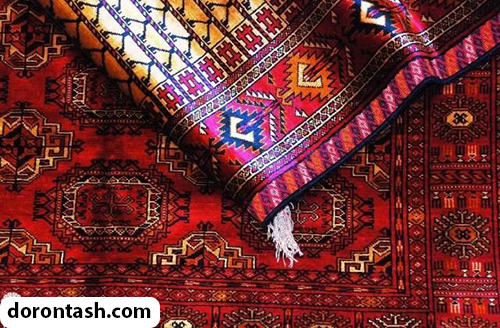 How to recognize the most famous Iranian carpets?
How to recognize the most famous Iranian carpets?
There are different types of Iranian carpets : silk carpets, hemp carpets, rugs, handwoven carpets, vintage carpets, etc. It is a variety of Iranian carpets. Each of the carpets also have different types and are graded. Iranian carpets have many designs and patterns, and the most famous Iranian designs include the following designs.
The oldest or the most famous Iranian carpets
It is better to start with the oldest carpet in Iran. Pazyryk, the world’s oldest carpet in the Armitage Museum
From that time until now, Iranian hand-woven carpets have become special and popular all over the world. The expression of the rich Iranian culture and art in the weave of the carpet has been able to find countless fans in the world, but where is the oldest Iranian carpet? Pazyrik carpet is the name of the oldest Iranian carpet, which is estimated to have been woven together around 2,500 years ago. Pazhivik is the name of a valley in Russia where this carpet was discovered and its dimensions are 2×2 square meters.
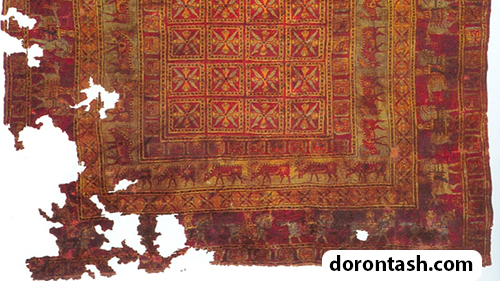 This carpet was found in 1949 by the Russian archaeologist Sergei Rudenko in one of the frozen tombs of the ruler of Pazyryk in the southern regions of Siberia and is currently kept in the Hermitage Museum in St. Petersburg, Russia. After examining the structure of the carpet and its paintings, Rudenko noticed the similarity of the motifs of this carpet with the reliefs of Persepolis. The interesting thing is that the carpet experts’ review shows that in terms of quality and type of texture and design, it has nothing less than today’s carpets, and it is clear that this carpet was woven in civilized societies.
This carpet was found in 1949 by the Russian archaeologist Sergei Rudenko in one of the frozen tombs of the ruler of Pazyryk in the southern regions of Siberia and is currently kept in the Hermitage Museum in St. Petersburg, Russia. After examining the structure of the carpet and its paintings, Rudenko noticed the similarity of the motifs of this carpet with the reliefs of Persepolis. The interesting thing is that the carpet experts’ review shows that in terms of quality and type of texture and design, it has nothing less than today’s carpets, and it is clear that this carpet was woven in civilized societies.
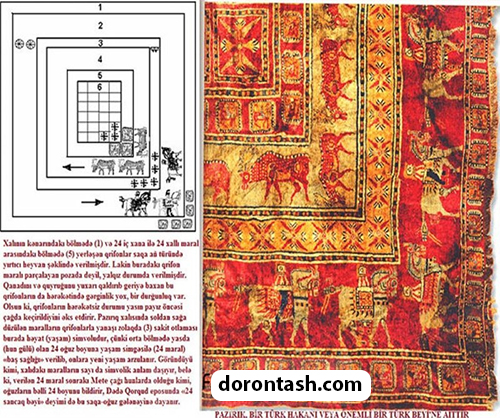 Qom hand-woven carpet is one of the most famous Iranian carpets
Qom hand-woven carpet is one of the most famous Iranian carpets
Different types of Iranian handwoven carpets that were woven in the city of Qom. At first, they were designed and produced using not very fine wool. But with the passage of time, carpet weaving artists in Qom were able to. He has perfected the art of carpet weaving and the production of hand-woven Iranian carpets in this city and according to the ability of skill and high innate intelligence that they had. And they were able to produce all types of hand-woven Iranian carpets of all silk, which also had a very high number of rows. produce and provide to the consumer.
Different types of hand-woven Iranian Qomi carpets and rugs, which were prepared and produced with fine silk threads, became known as silk flowers and are famous all over the world. Different designs that are used in Iranian handwoven carpets in the city of Qom. They have a very high variety and extent.
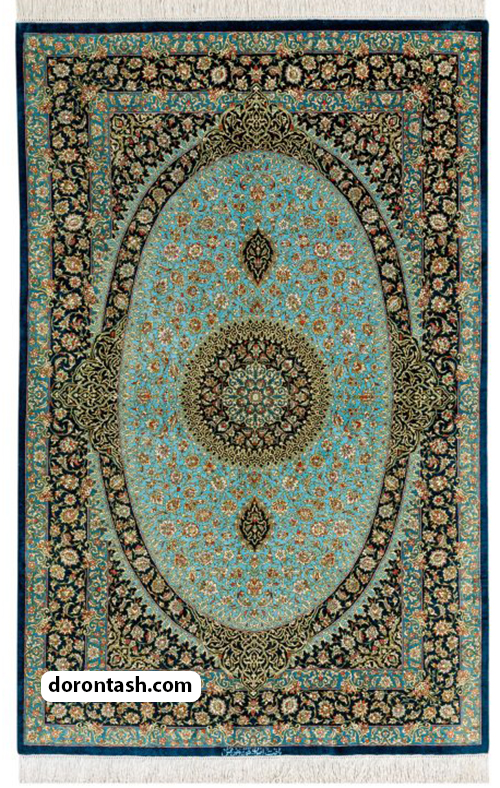 Do you know that Kashan carpet is one of the most famous Iranian carpets?
Do you know that Kashan carpet is one of the most famous Iranian carpets?
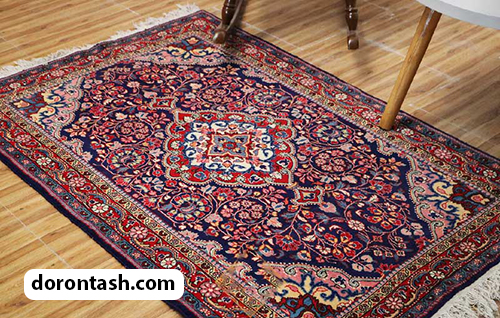 Farsh Abadeh
Farsh Abadeh
Abadeh city is located right between Shiraz and Isfahan. The only thing that attracts tourists to this city. Buying iran handicrafts , especially carpets, is of high quality. which are produced in this city.
At first, Abadeh’s handwoven carpets had vase designs and poor quality colors. This carpet faced certain problems to enter the labor market. And the weavers were looking for new patterns. They are from the Qashqai nomads who used to set up their summer camp in the pastures of that area. They were inspired. These carpets have a combination of red-brown and blue colors and also have medallions in the middle and corners.
These carpets usually have a large hexagon in the middle with a bow or a medallion in the corners and a design known as hebat lo. are available. The background of this handmade carpet is covered with small pictures of birds, four-legged animals, flowers and trees. They are because of their rigidity, durability and strength. They are very good and practical.
Kerman carpet and the most famous Iranian carpets
Bijar carpet and the most famous Iranian carpets
Bijar is a small Kurdish city in the west of Iran. Kurdish carpets are often very strong and compact, which makes them very durable. For many carpet experts, the name Bijar carpet is a symbol of durability and strength. The weavers use their heavy combs made of waffle wood to tie the wefts and knots so that the wefts are tightly interwoven and therefore the surface of the carpet is very compact and there are no pebbles or sand or anything. No other particle can penetrate it. Bijar handwoven carpets often have Turkish knots and are usually red and blue with beige elements.
The most common pattern of this carpet is the Herati pattern (also called the small fish pattern), although there are also medallion and floral patterns. Bijar carpets are produced in most sizes, from 100 x 150 cm to larger sizes. These carpets have color moderation, elegance and special beauty, which makes them suitable for use in most environments. Due to the high durability and strength of these carpets, they are very suitable for use in public places.
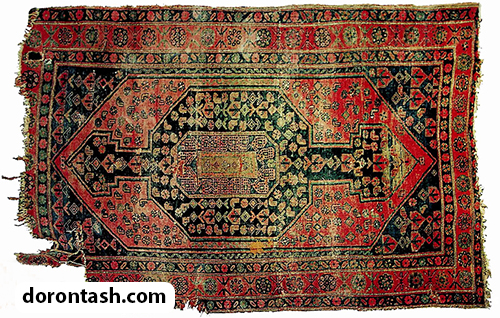
Zagros carpets including Markazi, Hamadan, Lorestan, Ilam, Chaharmahal and Bakhtiari and the most famous Iranian carpets.
 Gebeh carpet and the most famous Iranian carpets
Gebeh carpet and the most famous Iranian carpets
Gebeh (in Farsi translation it is called raw, natural and uncut) represents a rough and primitive carpet with patterns that are often designed by the Qashqai nomads of Fars province in the southwest of Iran. These carpets are probably the most well-known hand-woven carpets in Iran. The warp and weft of these carpets is made of wool, and vegetable dyes are used to dye their fibers. These carpets are thicker than other Iranian carpets. so that sometimes their thickness reaches 2.5 cm.
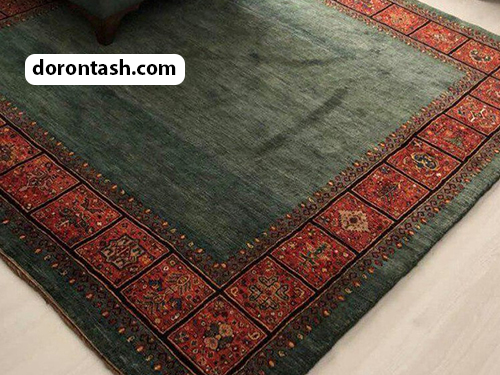 Afshar carpet and the most famous Iranian carpets
Afshar carpet and the most famous Iranian carpets
Around the city of Kerman, located in the southeast of Iran, there is a settlement of half of the nomads of the Afshar tribe. These nomads lived in the northwest of Iran for hundreds of years. But half of the tribe was forcibly removed to their present region, where the carpet industry has become an important branch of trade.
Kashan hand-woven carpets are red and blue in color and mainly have geometric patterns. Their most common pattern consists of a central part with one or more square medallions. Some say that this is a secret symbol drawn to prepare the carpet.
These medals still exist today and are considered as symbols of Afshar carpets. Also, their width varies depending on the length of the carpet. The longer the length of the carpet. The width of these medals increases.
In the city of Babak, which is in the neighborhood of the city of Afshar. Similar carpets are produced. Carpets with more density, more precise patterns and more details. Afshar carpets are known as Sirjan carpets in the market.
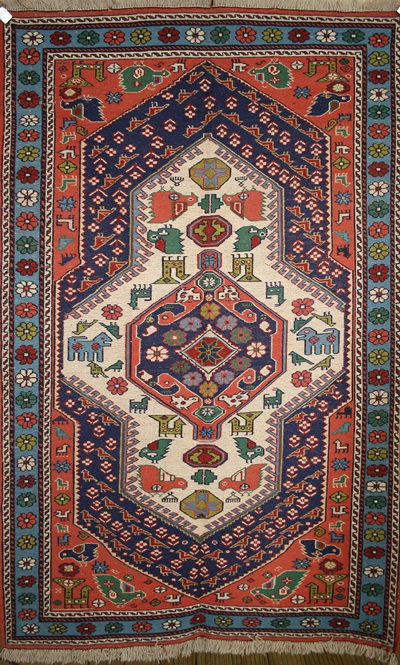
Nomadic carpets including Lori, Bakhtiari, Shahson Qashqai and Afshari and the most famous Iranian carpets
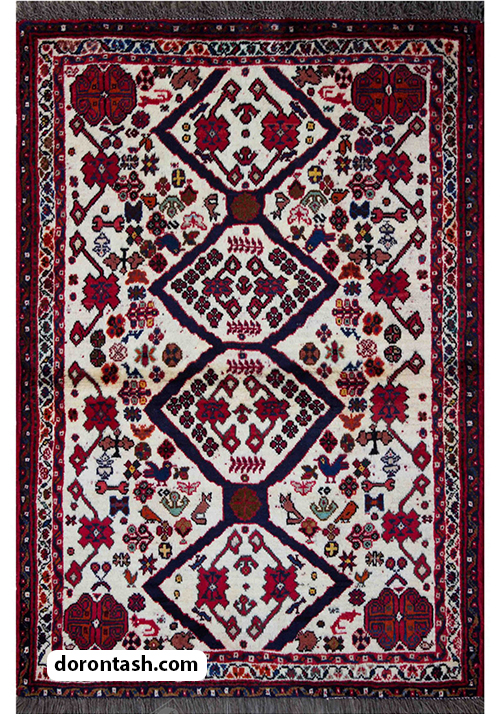 Ardabil carpet and the most famous Iranian carpets
Ardabil carpet and the most famous Iranian carpets
Ardabil city is the capital of Ardabil province. It is located in the north of Iran on the edge of the Caspian Sea. It is possible to hear the name of Ardabil hand-woven carpet. The mind of a carpet expert is the famous Ardabil carpet, which is currently in the Victoria and Albert Museum in London. divert This carpet is actually woven in Kashan. But it was located in a mosque in Ardabil and finally it was sold to finance the repair of the mosque.
Carpets produced in Ardabil. They are inspired by Caucasian patterns such as Shirvan, Karabagh and Ganja. Later, these carpets became a popular and desirable item for collectors. Ardabil thin carpets with geometric patterns are very beautiful and well-textured. Today, most of these products are made up of very high quality carpet manufacturers. And they are sold under the name of Farsh Ardabil.
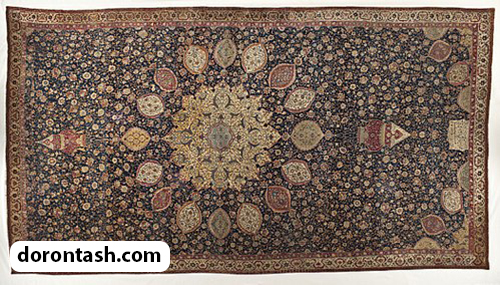
Carpets from the center of Iran including Tehran, Tafarsh, Taleghan and Semnan and the most famous Iranian carpets
- The use of lach, tranji, animal tree, simple tree, bazubandi and herati designs with samouri border
- Using high-quality wool in carpet weaving
- Persian knots, short pile height and relatively compact and light texture
Bakhtiari carpet
Bakhtiari nomads live on the slopes of the Zagros mountains, west of Isfahan and around Shahrekord. Most of them speak Persian or Lori dialect, while the language of Bakhtiaris who live in Khuzestan province is Arabic. Bakhtiari men wear loose pants, round hats and short shirts, clothes that date back to the Parthian dynasty. At that time, the heads of the Bakhtiari tribes (Khans) had a powerful position in the Persian society. Chahar Mahal and Bakhtiari is one of the most extensive areas of handwoven carpet production, which attracts nomads and villagers of all races.
All these carpets are sold under the common name Bakhtiar (also Bakhtiari). Sometimes named after the place where they are woven. They are famous like Beldaji, Feridan or Saman. These carpets are woven from very durable wool. and they have been beaten well, which has caused Be very strong and thick. and considered to be one of the most durable Iranian carpets. One of the known patterns. These carpets have a clay pattern (garden pattern) in which the carpet is divided into squares with plants and animals. which is the symbol of Iranian gardens. And also medallions and patterns of trees are other patterns. which are taken from Isfahan carpets.
North Iranian carpets and the most famous Iranian carpets
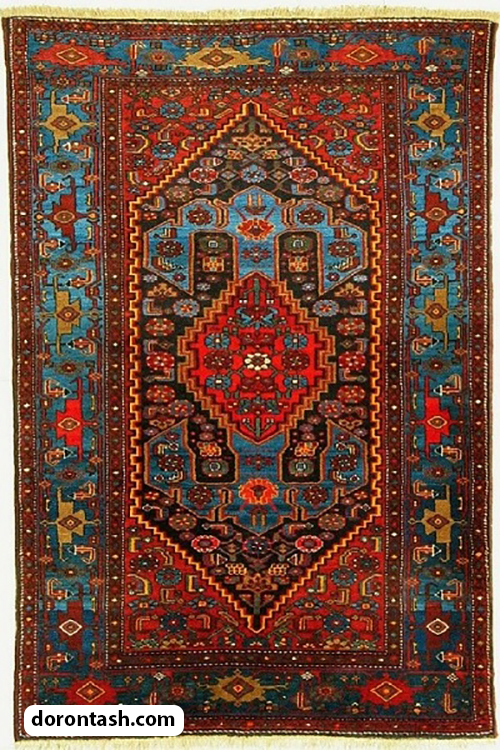
Baloch carpet is one of the most famous Iranian carpets
Baloch live in the border region between Iran and Afghanistan. Baloch is a general term. which refers to nomads. which are composed of smaller tribes with different origins and races. Their livelihood is provided through agriculture, raising sheep, goats and camels, as well as producing carpets.
Baloch handwoven carpets are closely related to the carpets of Afghanistan and Turkmenistan. Their color is often red and dark blue and matte brown and black. Their patterns are geometric with tree of life motifs in a curved shape. They are often designed as prayer rugs with an altar pattern.
Sometimes these carpets have decorative kilims in their width. to protect them from wear. The length of these carpets is often made up of many strings. which are made of goat and horse hair. Their yarn is made of wool or a combination of wool and goat hair. And the new carpets have threads made of cotton.
The quality of this carpet is very high. These rugs are strong yet thin. And they create a sense of originality and realness of nomadic handicrafts in the audience. These carpets are often small in size and have lively and spirited patterns, and prayer carpets are also very common.
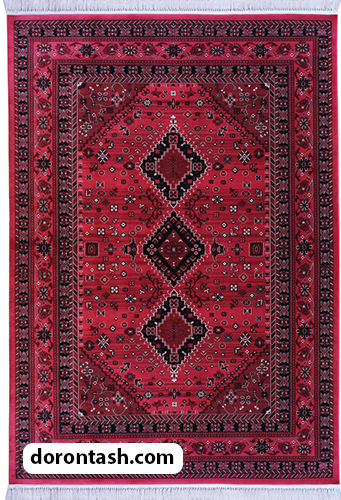 These carpets are sold in Mashhad. And they are known as Baluch-Mashhad carpet. While those carpets are sold in Herat city in Afghanistan. They are known as Baloch-Herat carpets.
These carpets are sold in Mashhad. And they are known as Baluch-Mashhad carpet. While those carpets are sold in Herat city in Afghanistan. They are known as Baloch-Herat carpets.
Mashhad carpet is one of the most popular or famous Iranian carpets
The holy city of Mashhad is located in the east of Iran in the province of Khorasan. Mashhad is one of the holiest cities in Iran. The eighth Imam of Shiites died and was buried in this city. This place has expanded from a small and unknown village to one of the largest cities in Iran with a population of about 2 million people. More than 12 million Shia Muslims visit this city every year.
Production of hand-woven carpets, especially large carpets with decorative frames (medal pattern) that are sold under the name of Mashhad carpets. They are very expensive. Their quality is different. And Khorasan carpet fibers can be easily identified from other carpets due to its softness.
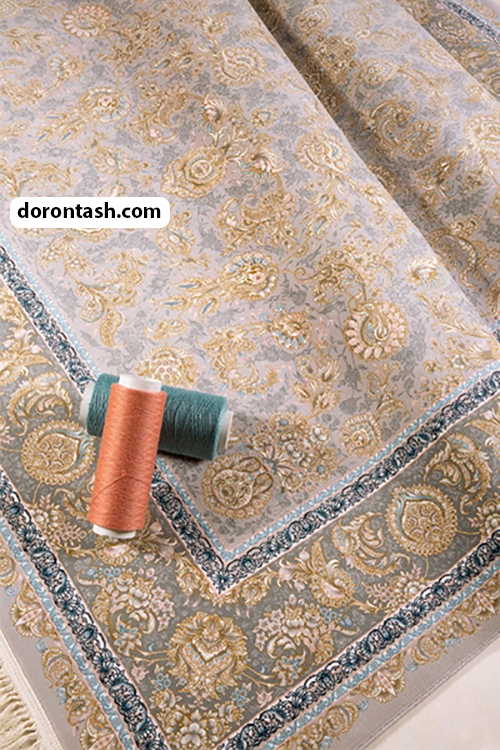 In which cities are the most famous Iranian carpets?
In which cities are the most famous Iranian carpets?
If we want to review them briefly again for the best handmade carpet brand, we must say that their list is like this.
Kerman hand-woven carpets : Kerman carpets belong to the category of nature-oriented carpets, and they are rich in the use of small patterns throughout the carpet, which generally have long piles.
Kashan hand-woven carpets: The design and high quality of Kashan carpets are unspeakable, and this issue can be introduced as their strength.
Tabriz hand-woven carpets: the carpets of this city are very famous and the main reason is the elegance and precision in creating a work of art.
Isfahan hand-woven carpet: The main structure of most Isfahan carpet designs follows the pattern of lach and tanraj. The beautiful patterns of Slimi and its circulations can be clearly seen in the structure of the lath, fringe and texture of the carpet.
Farahan hand-woven carpet: a durable carpet that is woven with high-quality wool, and the height of the piles is generally very short. Of course, you should be careful that this description about Farahan carpet is classic and old.
Qom hand-woven carpet: among the best hand-woven Qom carpet brands, it is one of the newest options that has been able to offer elegant and wonderful silk designs to the Iranian and world markets.
Sultanabad hand-woven carpet: This type of carpet, which is also known as Arak, is perfect for matching with modern and European decorations.
These were the most important and best cities producing hand-woven carpets, of course, cities like Haris, Nain, Sarouk and others can be added to this list.
